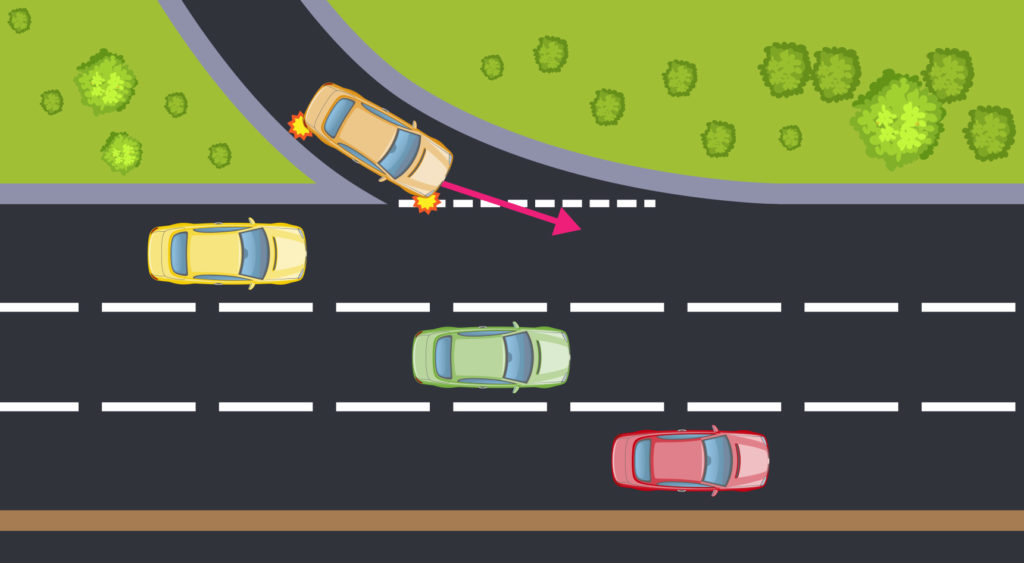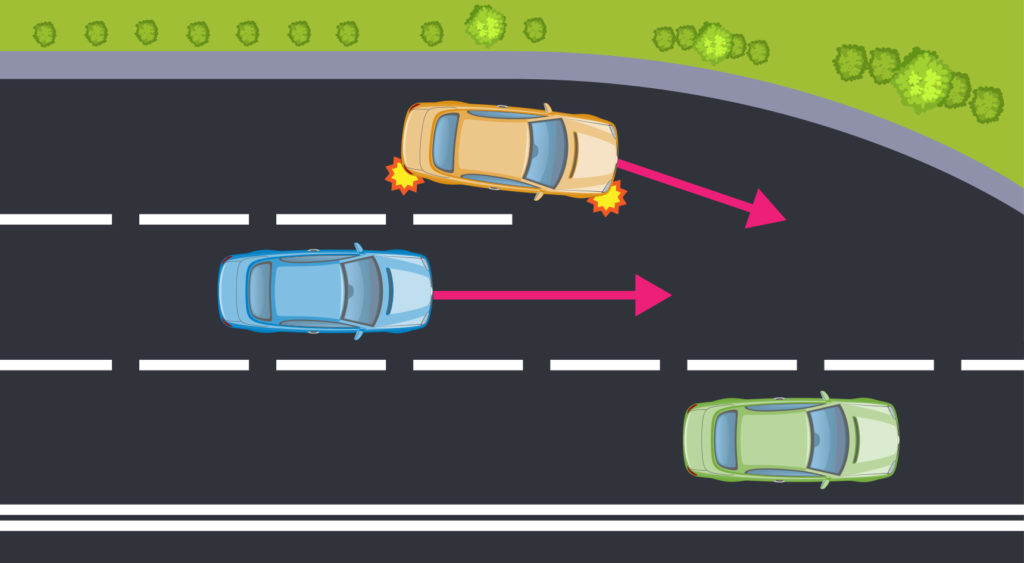How to deal with 3 common merging scenarios
 Merging can cause a whole flurry of emotions. It can create confusion – how do you know whether to give way or zip merge? Or it might leave you frustrated – most of us have been cut off by someone merging incorrectly at one time or another.
But it doesn’t have to be difficult if you know how to share the road and merge correctly.
Here are 3 common merging scenarios and how best to deal with them.
Merging can cause a whole flurry of emotions. It can create confusion – how do you know whether to give way or zip merge? Or it might leave you frustrated – most of us have been cut off by someone merging incorrectly at one time or another.
But it doesn’t have to be difficult if you know how to share the road and merge correctly.
Here are 3 common merging scenarios and how best to deal with them.
1. Merging when entering a freeway or expressway
Picture this: you’re driving along the Southern Expressway in the left lane and passing an on-ramp. All of a sudden, a car merging into your lane cuts you off, travelling well below the speed limit. You slam on the brakes and curse to yourself. You’ve probably seen this before. In fact, according to a 2015 RAA survey, only half of South Australian motorists know how to merge properly at a freeway or expressway on-ramp.
The orange car needs to give way to all traffic before merging on to the freeway or expressway.
When it’s safe, accelerate along the entry road, ensuring you reach the same speed as traffic travelling along the freeway.Finally, merge with the traffic and keep a safe distance from the car in front. Motorists already on the freeway can do their part to make it easier for merging drivers. If you’re driving down a freeway in the left lane and notice a car trying to merge, consider moving into the centre lane if it’s safe to do. This will make it easier for the merging driver to enter the freeway or expressway.
2. Merging at roadworks
With all the roadworks being carried out in South Australia at the moment, it’s common to see the yellow sign (pictured below) indicating 1 lane is blocked and traffic needs to merge. If your lane is closing, you’ll have to give way to traffic in the lane you’re entering. Most motorists in the closing lane will immediately look to merge when it’s safe to do so.
These signs are common at roadworks.

The zipper merge.

